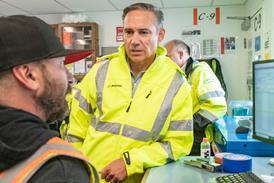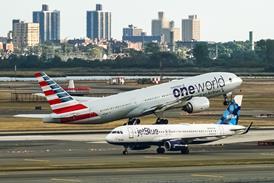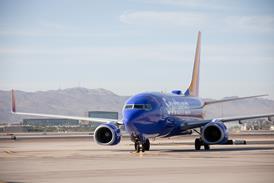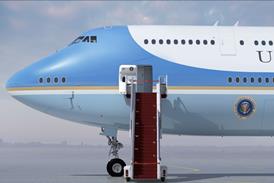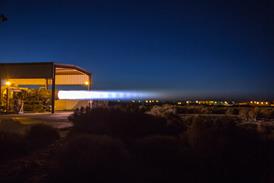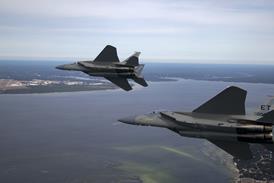Flight tests of the first predictive warning system for clear air turbulence (CAT) are set to begin by the middle of this year on a Honeywell-owned Boeing 720 testbed. The tests, if successful, will pave the way for eventual series production of a hybrid weather radar/infra-red (IR) laser radar warning system in 2003.
"Plans are still firming up," says Paul Reveley, director of business development for Coherent Technologies (CTI) - a Colorado-based laser radar specialist which has teamed with Honeywell on the CAT project.
"We will be flying a prototype system this summer," says Reveley, who adds that the pre-production system is expected to be in test by late 2002, with manufacturing of the full-up system due to start the following year.
The unit will combine Honeywell's RDR-4B weather radar with CTI's eye-safe IR laser radar, which will be able to detect CAT and give the crew up to 1min advance warning of severe turbulence, and a minimum of 25s warning 95% of the time.
In tests in 1998, as part of NASA's Aviation Safety Programme, "we saw everything from 20-40s warning with a prototype system," says Reveley. These tests with the prototype 100Hz system were conducted at generally lower altitudes than normal jet aircraft cruise levels, so one of the main aims of the 720 tests will be to "get to cruise altitude as quickly as we can and see if we find anything unexpected.
The IR system for the trials is a 2m pulse-Doppler radar which will transmit a 400 nanosecond light pulse up to 200 times a second. It will have a resolution of 100-300m (330-990ft) over a range of 300m to as much as 20km (11nm).
Source: Flight International

